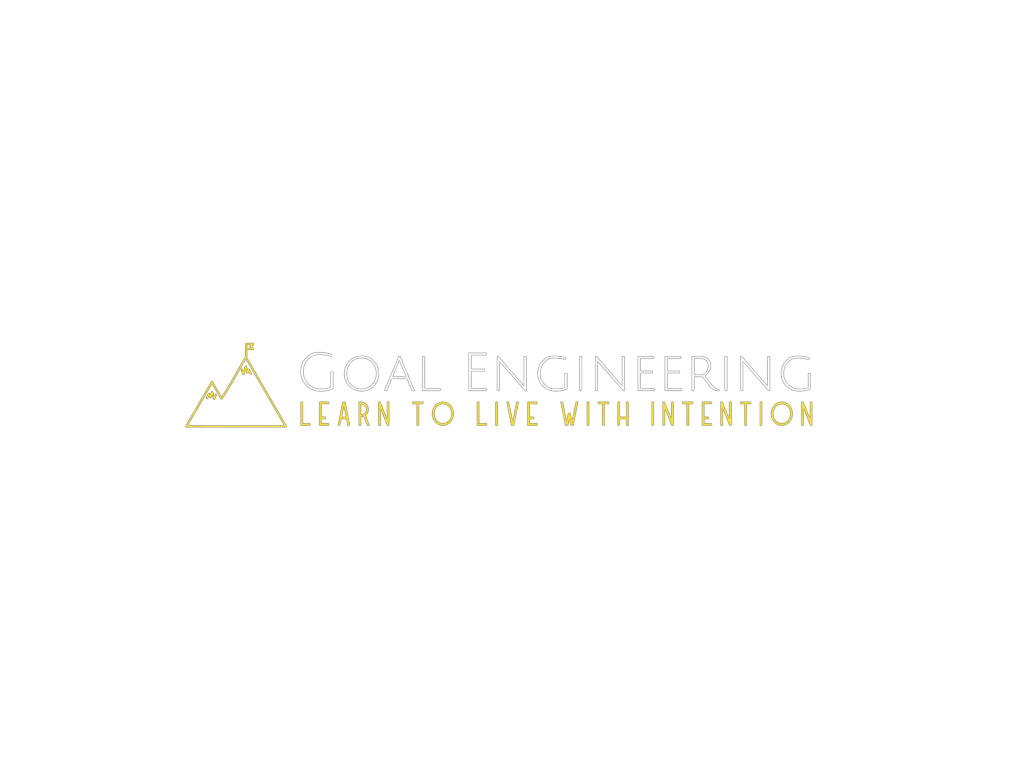When you set goals that aren’t attainable, practical, or doable with your current circumstances, skillset, or timeline, you’ve got unrealistic goals. These kinds of aspirations lead to burnout and frustration. But today I’ll show you how you can reach unrealistic goals by making them realistic.
To make your unrealistic goals realistic:
- Set fewer goals
- Learn to love the process
- Focus on staying consistent
- Review your progress regularly
- Get help from a coach or expert
- Break them down into smaller milestones
- Embrace failures as a chance to learn and adjust
- Surround yourself with people who have the same goal
In this article, we’ll get into just the top three of these. If you can win at just these three, then you’ll succeed at achieving even the most massive goals.
And if you want to learn more about unrealistic goals, check out these articles:
3 Signs You Might Have Unrealistic Goals and Expectations
Unrealistic Goals: What They Are and How to Stop Setting Them
Now let’s get into it!
1. Cut Your Unrealistic Goal in Half or Double Your Timeline
“Cut your goal in half. Choose what you’ll bomb. Make it fun if you want it done.” ― Jon Acuff, Finish
Imagine your friend comes to you excited about their new business plan. They explain their whole plan in detail, including financing, production, marketing, and more.
Then they tell you that they’re going to try to get the business up and running in just six months.
You’d think they were crazy, right? They would be, but by simply changing one variable, they could turn this unrealistic goal into a realistic one.
If you wanted to help your friend succeed, the best thing to tell them would be to extend that timeline to a year or longer. Or, they can cut the goal in half, and rather than going for full operations in six months, they can just make sure they have financing and production figured out.
This works with any goal:
- Instead of attempting to earn 2x your current salary in six months, try to do it in a year. Or, try to get to 1.5x instead.
- Rather than signing up for a marathon in a year, sign up for one in two years. Or even better, sign up for a half marathon in a year and a 10K in six months.
- Don’t set the goal to improve your love life or get married in just a couple of months. Plan on taking your time and going for it over the course of a year.
It may be difficult to think about taking more time to get where you want to be. But the decreased pressure can lead to greater commitment and it will give you room to be more consistent.
Just begin. Gather data, and adjust if needed.
2. Set Fewer Goals but Better Ones
“Only once you give yourself permission to stop trying to do it all, to stop saying yes to everyone, can you make your highest contribution towards the things that really matter… the way of the Essentialist is the relentless pursuit of less but better.” — Greg McKeown, Essentialism
It always frustrates me when I talk to people about their goals and I discover that they’ve set way too many. I’ve never seen someone with a dozen or more goals achieve their ambitions.
I’ve hardly ever even seen someone with more than four goals succeed.
And the people who win the most narrow their vision down to just one single critical skill that they want to be great at.
Look at some of the greatest people throughout history. They were all known for just one thing:
- Warren Buffet is an expert at investing
- For Michael Jordan, it was basketball
- In Steve Young’s case, he focused on football
The reason these people succeeded was because they said no to almost everything. That’s because they understood that very few things really matter. Especially if you want to become elite in your field.
To achieve your unrealistic goals and turn them into realistic ones, you need to have fewer goals.
Ask yourself what one thing you want to be great at. Use this question from Gary Keller in his book The ONE Thing:
“What’s the ONE Thing I can do such that by doing it everything else will be easier or unnecessary?” — Gary Keller
Focus on the action steps and outcomes that you want. What one commitment that if you completed each day for a year would nearly guarantee you’d reach your goal?
Find that action and do everything you can to stick with it and you’ll succeed. There’s no way you can’t win if you find out what needs to be done and do the work every day.
3. Make Your Goal Intrinsically Motivating and Love the Process
“Intrinsic motivation is perhaps the holy grail of all human endeavors and behaviors because it encompasses so much of what brought us to this point in our species’ evolution and also what brings each and every one of us closer and closer to our goals. And if it’s happening within enjoyment without the need to layer in additional tools, well then you’ve really tapped into the source.” — Andrew Huberman
Intrinsic motivation is when you naturally want to work on your goals without any thought of reward. It’s when you enjoy the work for the sake of it. And it’s a wonderful thing because it’s got many benefits, including:
- Improves persistence and consistency
- Increases happiness and productivity
- Decreases bad stresses in your life
When you don’t have intrinsic motivation, on the other hand, it’s far more difficult to reach your goals. And it’s a recipe for having unrealistic goals.
To break the cycle and make your goals into realistic ones, you need to make your goals intrinsically motivated. This requires that you:
- Find out what your passions, values, and strengths are
- Set goals and plans to achieve them that involve the values you discovered in step one
- Take action on your plan and adjust as you go to make your goals even more intrinsically motivating.
To learn more about how to set intrinsic goals, check out this article.
I’ve done this recently by rediscovering how much I love hiking. I enjoy it just for the sake of it and it helps me fulfill my exercise and mental health goals.
By focusing on the action step of hiking, I’ve turned what may have been unrealistic health goals into realistic ones because I’m far more likely to stick to my plan because I have intrinsic motivation to work on it.
Let’s Wrap This Up
There are many ways that you can reach unrealistic goals and turn them into realistic ones. The top three best ones are:
- Increasing your timeline or cutting your goal in half
- Have fewer goals that are more focused
- Unlock the power of intrinsic motivation





